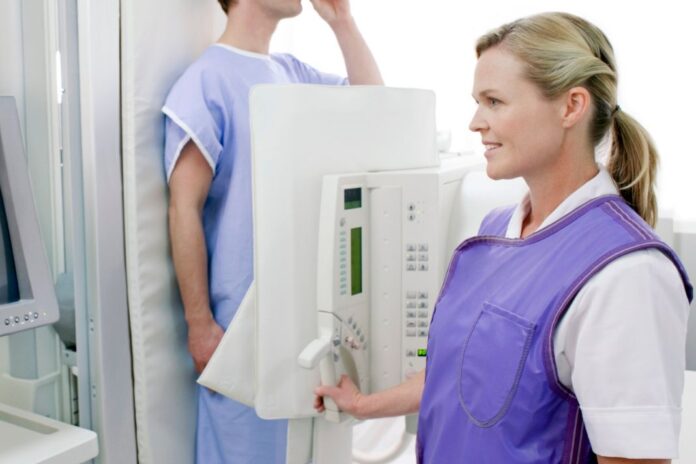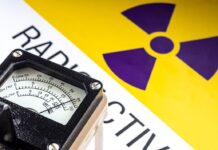Introduction: In the world of modern medicine, diagnostic radiology plays a pivotal role in diagnosing and treating various medical conditions. However, the use of radiation in diagnostic procedures necessitates stringent safety measures to protect both patients and healthcare professionals. Lead aprons are an indispensable component of radiation protection equipment, serving as a crucial barrier against harmful radiation. In this guide, we will delve into the significant role lead aprons play in ensuring radiation safety within Indian diagnostic centers.
Understanding Radiation Hazards: Radiation is an essential tool in diagnostic imaging, but it is not without risks. Prolonged exposure to ionizing radiation can lead to adverse health effects, including tissue damage and an increased risk of cancer. This is where lead aprons come into play. They provide a vital shield against ionizing radiation, safeguarding the well-being of individuals in the diagnostic setting.
Types of Lead Aprons: Lead aprons are available in various styles and materials, catering to different medical applications and user preferences. Some common types include:
- Standard Lead Aprons: These are the most commonly used aprons in diagnostic centers, offering reliable protection for healthcare professionals during X-rays and fluoroscopy.
- Lightweight Lead Aprons: Designed for comfort and mobility, these aprons are ideal for extended procedures, reducing the strain on the wearer.
- Full-Body Aprons: Offering comprehensive coverage, these aprons protect the entire body, including the torso and lower extremities, making them suitable for interventional radiology.
Lead Apron Care and Maintenance: To ensure the continued effectiveness of lead aprons, proper care and maintenance are essential. Regular inspections, cleaning, and checks for damage or wear are crucial. Any damaged aprons should be promptly repaired or replaced to maintain the highest level of radiation protection.
Customization for Comfort: Comfort is paramount when it comes to wearing lead aprons for extended periods. Many manufacturers offer customization options, allowing diagnostic centers to select aprons that provide optimal comfort and protection for their staff. This ensures that healthcare professionals can perform their duties without discomfort or fatigue.
Compliance with Regulations: In India, radiation protection is subject to regulatory standards set by the Atomic Energy Regulatory Board (AERB). Diagnostic centers must adhere to these guidelines to ensure the safety of patients and staff. The use of lead aprons is a fundamental aspect of compliance with these regulations.
Conclusion: In the dynamic landscape of Indian healthcare, diagnostic radiology continues to be an indispensable tool for accurate diagnosis and patient care. However, the responsible use of radiation is paramount. Lead aprons, with their ability to provide a vital shield against ionizing radiation, are a cornerstone of radiation safety within Indian diagnostic centers. Proper selection, care, and maintenance of lead aprons are essential to ensure the well-being of both patients and healthcare professionals.
By understanding the role of lead aprons in radiation safety and adhering to best practices, Indian diagnostic centers can continue to provide high-quality healthcare services while prioritizing the health and safety of all involved.








